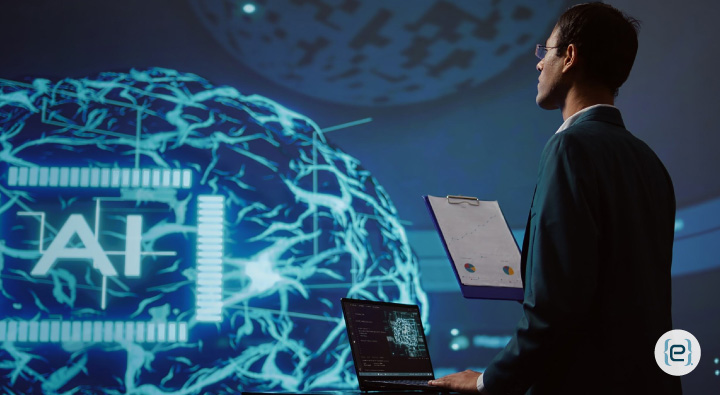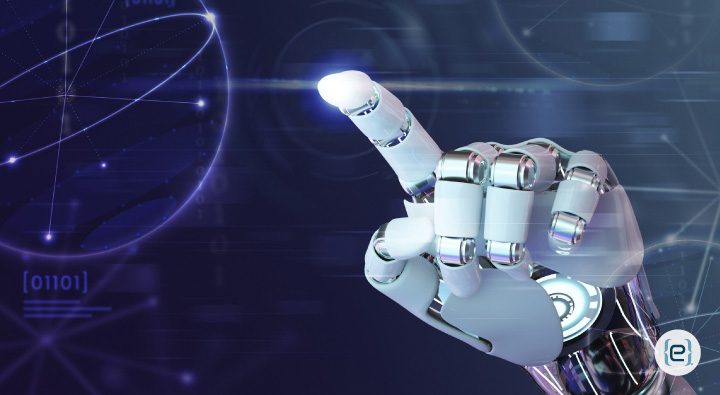The Great Finger Fiasco
Last week, you spent hours generating AI images for your company’s LinkedIn posts. Everything looked perfect—the lighting, the composition, the colors—until someone pointed out that your “professional handshake” image featured one person with seven fingers and another whose hand looked like a starfish having an identity crisis. After fifteen more attempts, each producing increasingly creative interpretations of human anatomy, you probably asked yourself: why does AI have such a peculiar relationship with fingers and faces? The rabbit hole is fascinating, frustrating, and, let’s be honest, hilarious.
The Human Brain’s Obsession
Here’s the thing about you and everyone else: we’re obsessed with faces and hands. Your brain has entire regions dedicated to recognizing and processing these features. From birth, you’re a pattern-matching expert when it comes to human features. That baby who seems to be smiling at you? Your brain processed that face faster than you can consciously think. We’re so good at it that we see faces in clouds, toast, and the front of cars. This hypersensitivity means you immediately notice when something’s off, even if you can’t explain why. It’s like having a built-in uncanny valley detector, fine-tuned over millions of years of evolution.
The AI’s Learning Challenge
The problem starts with how AI learns to create images. Imagine teaching someone to draw hands by showing them millions of photos of hands, but never explaining what a hand is or how many fingers it should have. That’s what we’re doing with AI. These systems learn patterns: this shape usually goes next to that shape, these lines typically connect in this way—but they don’t understand the fundamental concept that humans have five fingers per hand, or that eyes should be level and symmetrical.
Just last month, you may have seen an AI confidently generate a business professional with what appeared to be a perfectly normal face, until you noticed the third ear hiding in their hair. The system had learned that ears go on the sides of heads but missed the memo about the standard quantity.
The Complexity Conundrum
Drawing hands is hard—ask any art student. They’re complex, three-dimensional structures that move in countless ways, and your brain is incredibly picky about how they should look. AI faces similar challenges, but without the benefit of understanding basic anatomy or physics. When you generate images of people typing on laptops, you might get results that look great until you zoom in and realize their fingers are going through the keyboard—or they’ve somehow grown extra digits mid-type. It’s as if the AI is playing anatomical jazz, improvising with the number of fingers because it doesn’t understand the fundamental rules of human hand composition.

The Training Data Dilemma
Here’s where things get really interesting (and slightly weird). The training data used to teach AI about hands and faces is incredibly varied. In photos, hands can be blurry, partially hidden, at odd angles, or moving. Faces can be obscured, turned away, in shadow, or making expressions that drastically change their appearance. The AI has to make sense of all this variation and then generate something new that follows all the unwritten rules of human anatomy. It’s like trying to learn a language by only seeing written examples, without ever learning grammar rules. Sometimes you’ll get it right, but you’re bound to make some creative mistakes along the way.
- Training Data Quality: If you want to understand how data quality impacts AI in other industries, check out data quality and security in manufacturing.
- Security Implications: Curious about the security side of AI? Explore how AI strengthens cybersecurity for modern businesses.
The Uncanny Valley Effect
Your favorite AI generation fail might be a project where you needed professional headshots. Everything looked perfect except for one detail: every single person had teeth that seemed to continue infinitely into their skull, visible through slightly transparent cheeks. Technically impressive, yes—but deeply unsettling. This hits at the heart of the uncanny valley problem: the more realistic an artificial image tries to be, the more disturbing tiny imperfections become. Your brain is such an expert face-processor that even microscopic irregularities set off your “something’s wrong here” alarm.
If you want to see how AI is being used to explore new creative frontiers, there’s a world of possibilities beyond just image generation.
The Future Fix
Here’s a potentially controversial opinion: the current struggle with fingers and faces might actually be pushing AI image generation in a more interesting direction. These limitations are forcing you and other creators to think more creatively about composition and presentation. You’ve probably seen amazing AI-generated art that cleverly hides hands in pockets or uses creative angles to avoid showing full faces. These workarounds often result in more artistic and interesting images than straightforward portraits. It’s reminiscent of how early photographers had to get creative with composition because of technical limitations, ultimately advancing the art form.
The Evolution of Digital Art
The technology is improving rapidly—embarrassingly rapidly, actually. Six months ago, you couldn’t get a single usable hand image without extensive prompt engineering and multiple attempts. Now, you get usable results about 70% of the time. The systems are learning, adapting, and getting better at understanding the fundamental rules of human anatomy. But there’s something almost endearing about the current imperfections. These AI finger-counting failures and facial feature experiments are like digital growing pains, marking a specific moment in the evolution of artificial creativity.
Want to see how these advances are impacting business? Learn how AI-driven innovation is transforming your business operations.
The Human Touch
Ironically, it’s these very failures that remind you of the value of human understanding. Every time you see an AI-generated person with kaleidoscope fingers or asymmetrical eyes, you’re reminded that your own ability to recognize and process human features is an incredible feat of natural engineering. You don’t just see faces and hands—you understand them on a fundamental level that we’re still working to teach our artificial counterparts.
As you look at your folder full of AI art “bloopers”—business professionals with eldritch horror hands, portraits where the eyes seem to follow you across dimensions that shouldn’t exist, and “candid office meetings” where everyone’s fingers have merged into organic jazz hands—remember: you’re witnessing artificial intelligence learn to see the world the way you do, one extra finger at a time.
Curious about how your business can embrace AI’s creative potential while staying secure and innovative? Contact eMazzanti today to discover how we can help you harness the power of digital transformation—no extra fingers required.






